Samaaro + Your CRM: Zero Integration Fee for Annual Sign-Ups Until 30 June, 2025
- 00Days
- 00Hrs
- 00Min
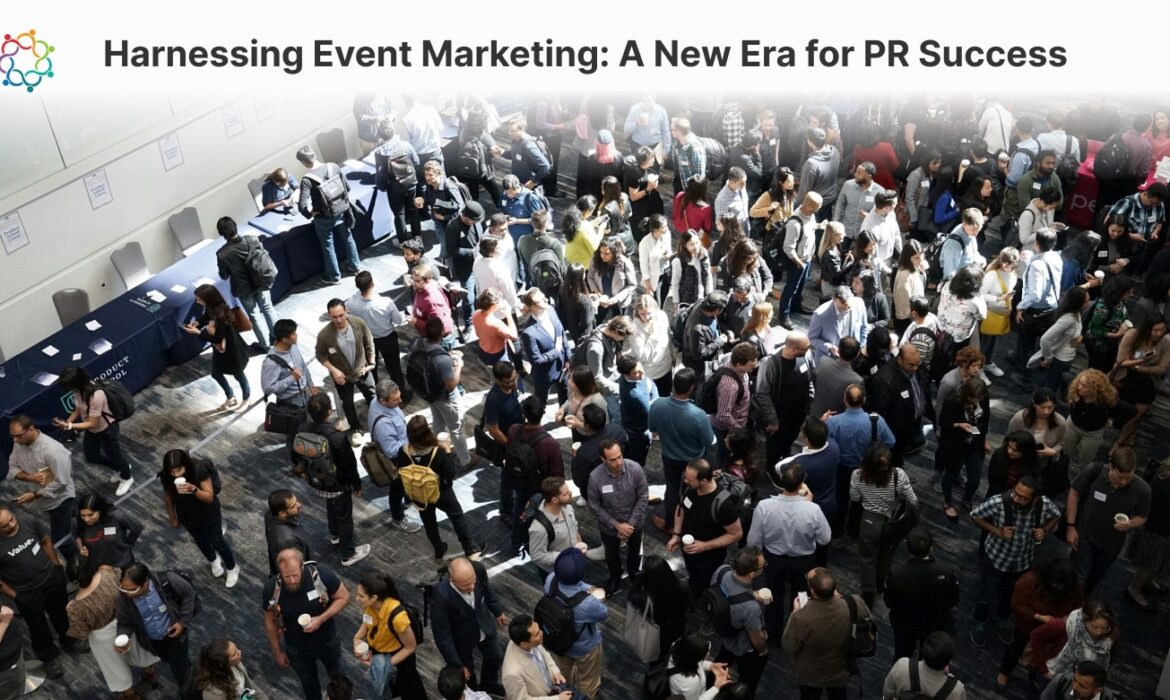
In today’s hyper-digital world, traditional PR methods—like press releases and paid ads—are quickly losing their edge. Consumers are becoming immune to the constant barrage of information and increasingly skeptical of over-polished brand messages. They crave something real, something they can experience rather than just see or hear. This shift is driving brands to rethink their PR strategies, and one solution is standing out from the rest: event marketing.
2024 is the year events step into the spotlight as the new PR powerhouse. No longer are events just a means of gathering people together—they’ve evolved into immersive, brand-defining experiences that create genuine connections and leave a lasting impression. From product launches to large-scale brand activations, events offer a unique opportunity to break through the noise and engage audiences in a meaningful, memorable way.
Consumers today aren’t looking for just another product; they want to feel the brand, interact with it, and walk away with a story to tell. This is where events shine. They provide the perfect platform for brands to craft these experiences, driving brand loyalty, sparking organic buzz, and transforming attendees into brand advocates. It’s not just about what you say anymore; it’s about how you make people feel, and nothing does that better than a well-executed event.
But why are events so effective in this new PR landscape? Let’s dive into why event marketing is poised to be the most powerful tool in your PR arsenal this year.
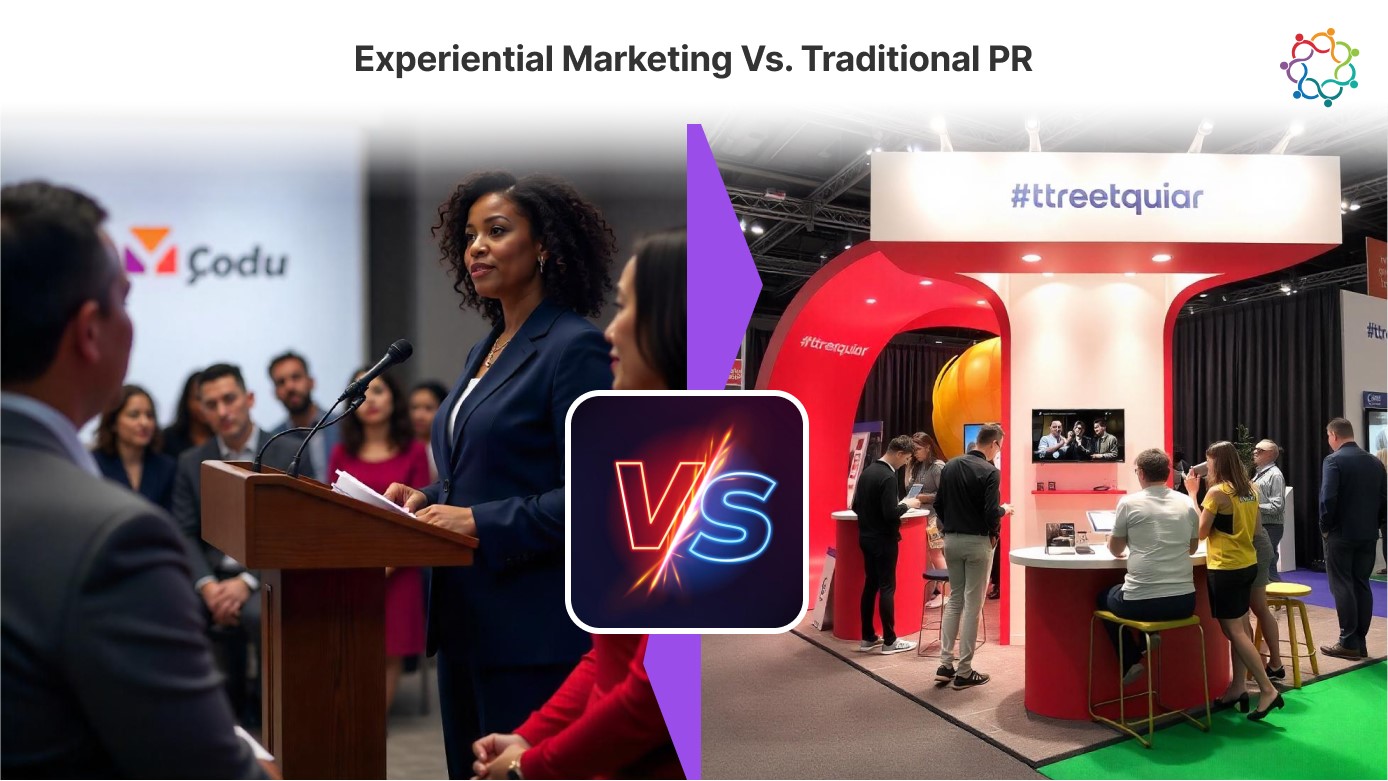
Why Events are the Future of PR
Experiences Over Ads
In a world where people are bombarded with thousands of ads each day—whether it’s on social media, billboards, or TV—traditional advertising is losing its impact. Consumers have developed a kind of immunity, scrolling past ads without a second thought. What they’re looking for instead are authentic experiences. Events offer a unique opportunity to provide this. Instead of just promoting a product or service, events allow consumers to interact with a brand in a hands-on, immersive way. Attendees can engage with your brand’s story, feel the energy, and be a part of something memorable. This emotional connection is far more powerful than any traditional ad can achieve, leading to stronger brand loyalty and deeper customer relationships.
Two-Way Communication:
One of the biggest advantages of events is the opportunity for direct, real-time interaction. Traditional PR methods like press releases or advertisements are one-sided; they tell the audience what the brand wants to say. Events, on the other hand, open the door for two-way communication. They allow brands to engage with their audience, listen to feedback, and respond to questions in real-time. This creates a sense of personal connection that can’t be achieved through a television spot or a print ad. Consumers are far more likely to trust and advocate for brands they’ve had personal, positive interactions with—especially when they feel heard and valued.
A Content Goldmine:
Events aren’t just one-time experiences—they are also a treasure trove of content that can fuel your PR and marketing efforts for months to come. Think about the number of photos, videos, live streams, interviews, and social media posts an event can generate. Attendees naturally share their experiences online, creating organic, user-generated content that carries more authenticity and credibility than traditional branded content. On top of that, you can record sessions, capture testimonials, and create highlight reels that can be repurposed across your marketing channels. The sheer amount of content generated from a single event can provide PR material that keeps your brand top of mind long after the event itself has ended.
Wider Reach and Influence:
Events used to be seen as limited in scope to those who could physically attend. However, in today’s digital-first world, events have the potential to reach far beyond the venue. With live streaming, virtual platforms, and social media, events can now engage audiences globally. This means that a local event can quickly gain national or even international attention. The networking opportunities at these events aren’t limited to face-to-face interactions anymore either. Attendees can connect digitally, forming valuable business relationships and partnerships that extend the influence of the event well beyond its immediate surroundings. Additionally, media coverage, influencer participation, and social media buzz all work together to amplify an event’s reach, making it a powerful tool for increasing brand visibility and awareness.
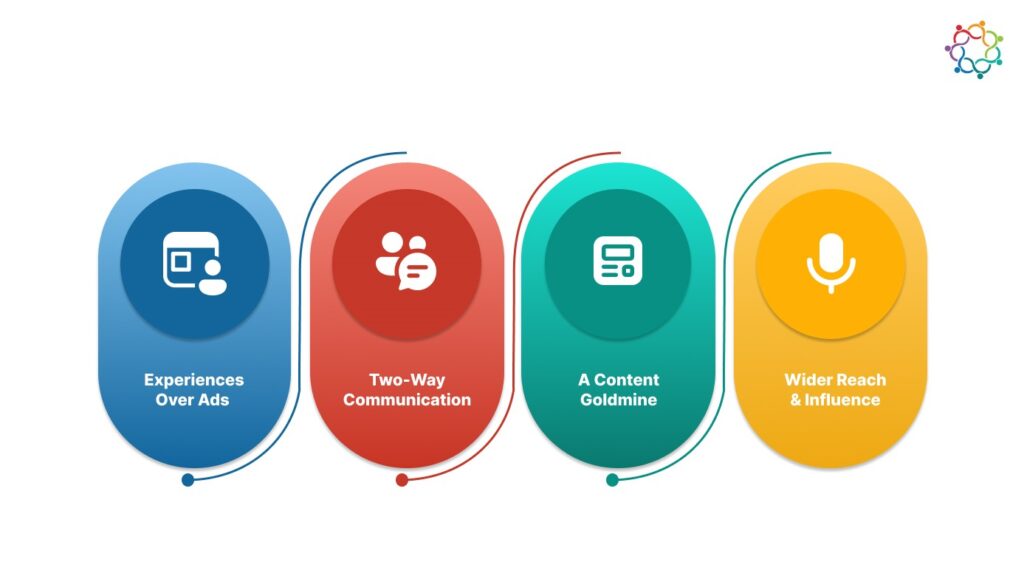
Unlocking New PR Dimensions with Event Marketing
Event marketing has become a pivotal tool for brands looking to reshape their public relations strategies. Beyond just hosting gatherings, events have the potential to open entirely new dimensions for brand growth, visibility, and engagement. Here’s how event marketing can redefine your PR efforts:
Increased Brand Visibility:
A well-executed event doesn’t just engage the attendees on the ground—it can skyrocket your brand’s visibility across multiple channels. Media outlets, influencers, and even casual attendees create organic buzz, which is far more authentic and persuasive than traditional marketing efforts. Live-streaming, social media posts, and event highlights spread your brand’s message far beyond the event itself.
Streamlined Messaging:
With events, your brand has the opportunity to craft a unified, immersive narrative. Every detail—from the decor and the agenda to the speakers and activities—can be aligned to reinforce your core brand message. Instead of relying on fragmented ads or social posts, events provide a cohesive platform where attendees can experience your brand firsthand. And with event technology, you can automate and personalize aspects of your event, ensuring that your message resonates with every attendee. From personalized agendas to customized branding across digital check-in systems and interactive dashboards, event technology ensures that every interaction is on-brand and impactful. Platforms like Samaaro can help you deliver these communications across channels like emails, WhatsApp & social media right where your audience is.
Building Investor Relations:
Events aren’t just for customers—they are crucial for showcasing your brand’s growth and innovation to potential investors. Hosting an event allows investors to see your business in action. Whether it’s a product launch or a networking event, it demonstrates real-time engagement, product traction, and the excitement around your brand. Plus, with robust analytics tools, you can showcase data on attendance, engagement levels, and customer feedback, offering investors clear insights into your brand’s success and market potential. The platform’s ability to capture and present real-time analytics can serve as a powerful tool to validate your market position and impress investors.
Audience Segmentation and Targeting:
One of the often-overlooked advantages of event marketing is the ability to precisely segment and target your audience. Events provide a unique opportunity to interact with different audience segments, whether they’re customers, media, or industry leaders, in a more tailored manner. With attendee management tools, you can track engagement data and customize experiences for different groups. This enables you to deliver personalized messages, resulting in more effective PR outreach. Whether it’s through targeted follow-ups post-event or personalized experiences during the event itself, segmentation ensures that your message is hitting the right audience at the right time.
Amplified Social Proof and Credibility:
Events provide a rich source of social proof, from live testimonials to user-generated content (UGC). Attendees naturally share their experiences on social media, tagging your brand and extending your reach organically. These authentic posts from real people build credibility far more effectively than traditional ads or press releases. By using integrated event platforms, brands can collect and amplify this user-generated content, turning attendees into brand advocates. Post-event, you can repurpose attendee-generated content, such as photos, videos, and social media posts, across various marketing channels, creating a continuous stream of authentic PR material that extends the life of the event.
Strengthening Community Engagement:
Events offer a rare opportunity to build deeper relationships within your community—whether it’s customers, partners, or industry professionals. They create an environment for networking, collaboration, and idea-sharing that strengthens ties and enhances brand loyalty. Digital tools help streamline these interactions with features like virtual networking lounges and live Q&A sessions, making it easier for attendees to connect with each other and your brand. Facilitating these connections adds tremendous value and helps your brand become a hub for community engagement, which in turn strengthens your public image.
Driving Media Attention:
A well-organized, unique event is a magnet for media attention. Whether it’s industry reporters, local news outlets, or niche bloggers, media coverage can significantly amplify the PR impact of your event. The key is to ensure your event is newsworthy—whether by showcasing an innovative product, hosting a high-profile speaker, or creating a buzz-worthy experience. Media attendees can engage directly through event-specific press portals or exclusive interviews, making it easier to attract positive coverage.
Measuring PR Success:
The success of any PR effort lies in measurable outcomes. In the past, it was challenging to quantify the PR impact of an event. Today, however, event technology offers in-depth data that measures everything from social media reach to attendee engagement. Brands can now access detailed insights into how the event contributed to PR goals—such as increased media mentions, social engagement, or lead generation. By providing hard data on event performance, this allows for more refined and strategic PR efforts in the future.
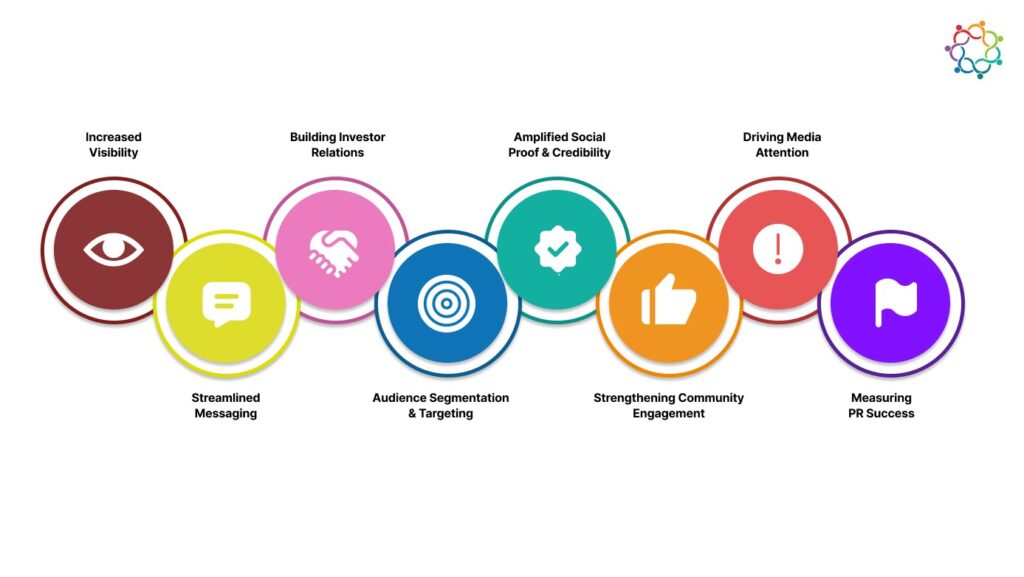
Examples of Events Redefining Marketing Success
Corporate and B2B companies are leveraging events in innovative ways that are reshaping their marketing strategies.
For instance, Microsoft hosts its annual Ignite conference, bringing together thousands of IT professionals and developers. This event not only showcases new products but also cultivates a community of users who engage with the brand on multiple levels, generating substantial media coverage and ongoing conversations.
Another example is Salesforce, whose Dreamforce event attracts attendees from all over the globe. The conference features keynotes from industry leaders, breakout sessions, and networking opportunities, all designed to enhance the brand’s visibility and establish it as a thought leader in the tech industry. By creating immersive experiences, these corporate events transform traditional marketing tactics into engaging and memorable interactions.
The Role of Event Planners in PR-Driven Events
Event planners play a crucial role in the success of PR-driven events. Acting as the backbone of these experiences, they bring invaluable expertise to ensure that each event aligns with a brand’s objectives while maximizing audience engagement and visibility. From conceptualizing a theme to managing logistics, vendor partnerships, and post-event evaluations, planners meticulously handle every detail, ensuring flawless execution. Beyond just the event day, they also track key metrics, offering insights that inform future PR and marketing strategies.
Enhancing Event Success with Technology Platforms
While event planners focus on the creative and logistical aspects, technology platforms like Samaaro help optimize the event’s execution and impact. By streamlining processes such as attendee management, engagement tracking, and post-event analytics, these platforms empower brands to measure success in real-time and adjust strategies accordingly. Leveraging data-driven insights, companies can enhance their PR efforts and drive continuous improvement in their overall event marketing approach.
Creating Buzz: Pre-, During, and Post-Event
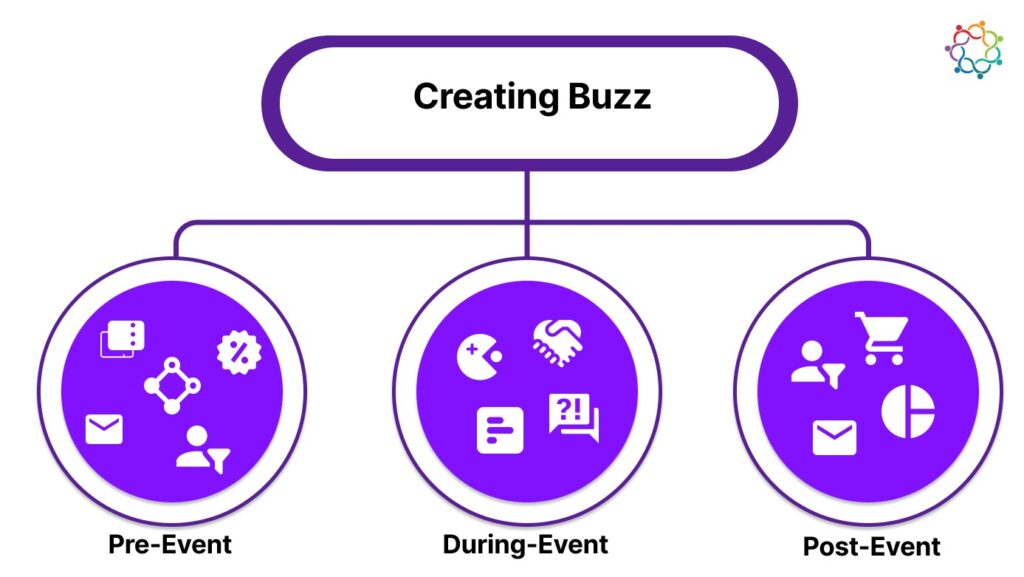
Building anticipation for an event is crucial for driving attendance and engagement. Here’s how to create an effective buzz throughout the event lifecycle:
Pre-Event:
During the Event:
Post-Event:
Influencers: Your PR Multiplier
In the realm of event marketing, influencers can significantly enhance your brand’s visibility and credibility. Here’s how to effectively leverage their impact:
Identify the Right Influencers: Select those who align with your brand values and target audience, ensuring authenticity in their promotion.
Collaborative Opportunities: Offer influencers unique benefits, such as exclusive access or tailored experiences, creating a mutually beneficial relationship.
Pre-Event Buzz: Encourage influencers to generate excitement by sharing sneak peeks, registration links, and personal stories leading up to the event.
Engagement During the Event: Plan exclusive activities for influencers, such as interviews or behind-the-scenes tours, to deepen their connection to your brand.
Post-Event Sharing: Ask influencers to share their experiences after the event, amplifying the message and sustaining audience interest.
Conclusion: Embrace the Event Marketing Powerhouse
In today’s competitive landscape, embracing the power of event marketing can transform your PR efforts, creating authentic connections and lasting impressions. By leveraging strategic event planning, innovative marketing techniques, and influencer partnerships, brands can engage their audiences like never before.
To explore how you can harness these strategies effectively, consider trying out Samaaro. Our platform offers a seamless solution for event management, enabling you to create memorable experiences while measuring their impact.
Request a demo or start your free trial today to see how we can help elevate your event marketing strategy and redefine your brand’s PR success!

Built for modern marketing teams, Samaaro’s AI-powered event-tech platform helps you run events more efficiently, reduce manual work, engage attendees, capture qualified leads and gain real-time visibility into your events’ performance.
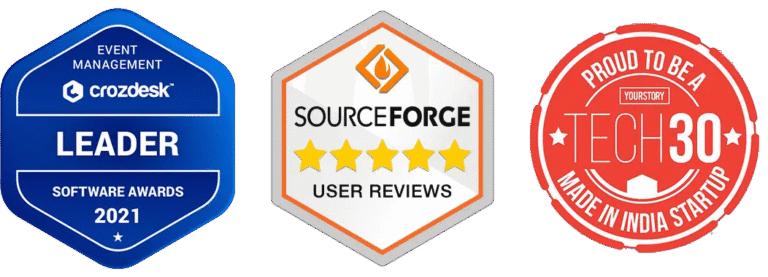
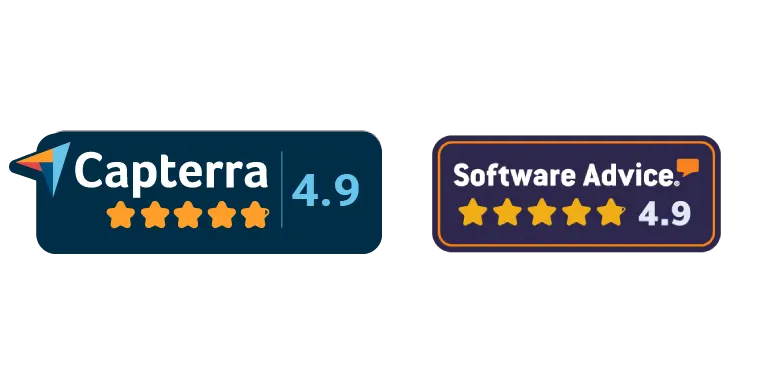
© 2025 — Samaaro. All Rights Reserved.